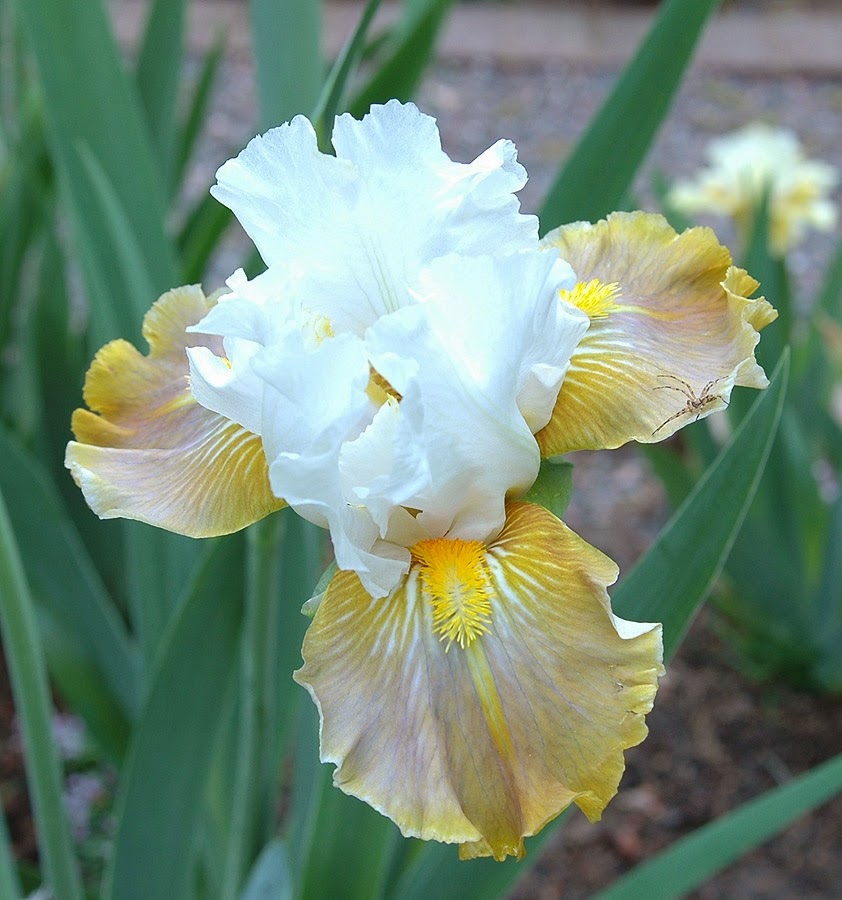By Andi Rivarola
Here's a recap of SIGNA's Newsletter Winter Edition.
As you can see from its cover below, Juno irises are featured in detail, and the article crafted by Panayoti Kelaidis from Colorado, is as complete as they come. With well over fifty species in its section, Junos come in all sorts of colors and tones, and with an average height of between 6 and 12 inches. I added Junos to the list of irises I want to grow and learn about. If you have not heard about Juno irises, where they can grow successfully, and most importantly how to grow them, then I hope you get to read this article.
 |
| SIGNA (Species Iris Group of North America) Newsletter |
There's also a wonderful update about Iris ruthenica, on the article called Irises from Russia, by Nina Alexeeva. This beautiful medium size iris can be found in nature in Central Europe and Central Asia all the way to Mongolia and China. Despite its large habitat many gardeners in these areas are still learning about the potential of this violaceous beauty. A wonderful read.
With humor as a sizable and necessary part of the irisarian's experience, our own World of Irises blogger, Griff Crump gives us a great opportunity to laugh about some of the tricky and interesting iris names we may encounter. The article is called: "Humor -- Those Puzzling Iris Names."
Dennis Kramb gives a detailed report on the Siberian and Species iris Convention held in 2013 that you won't want to miss.
A favorite iris variety that I have yet to grow is covered in detailed on an article with fantastic images to enjoy. I'm talking about beautiful irises dichotoma and domestica, and their child named Iris x norrisii (ex-pardancanda). The article is "Identity Crisis" by another of our wonderful World of Irises blogger, experienced iris grower -- and gardener extraordinaire -- Jim Murrain.
Lastly, I know SIGNA leaders would want me to mention that the SEED EXCHANGE is ready and open to receive your orders. If you don't know about the seed exchange, may I direct your attention to SIGNA's website: http://www.signa.org where you can find more information about obtaining seeds of iris species and other hybrids, and also to browse through a list of iris types available. Although you have to be a SIGNA member to order seeds, you can become a member online at the same time as you order seeds.
SIGNA newsletters are a pleasure to read, and I hope you too find them a great learning tool while immersing yourself in the world of iris species.














































